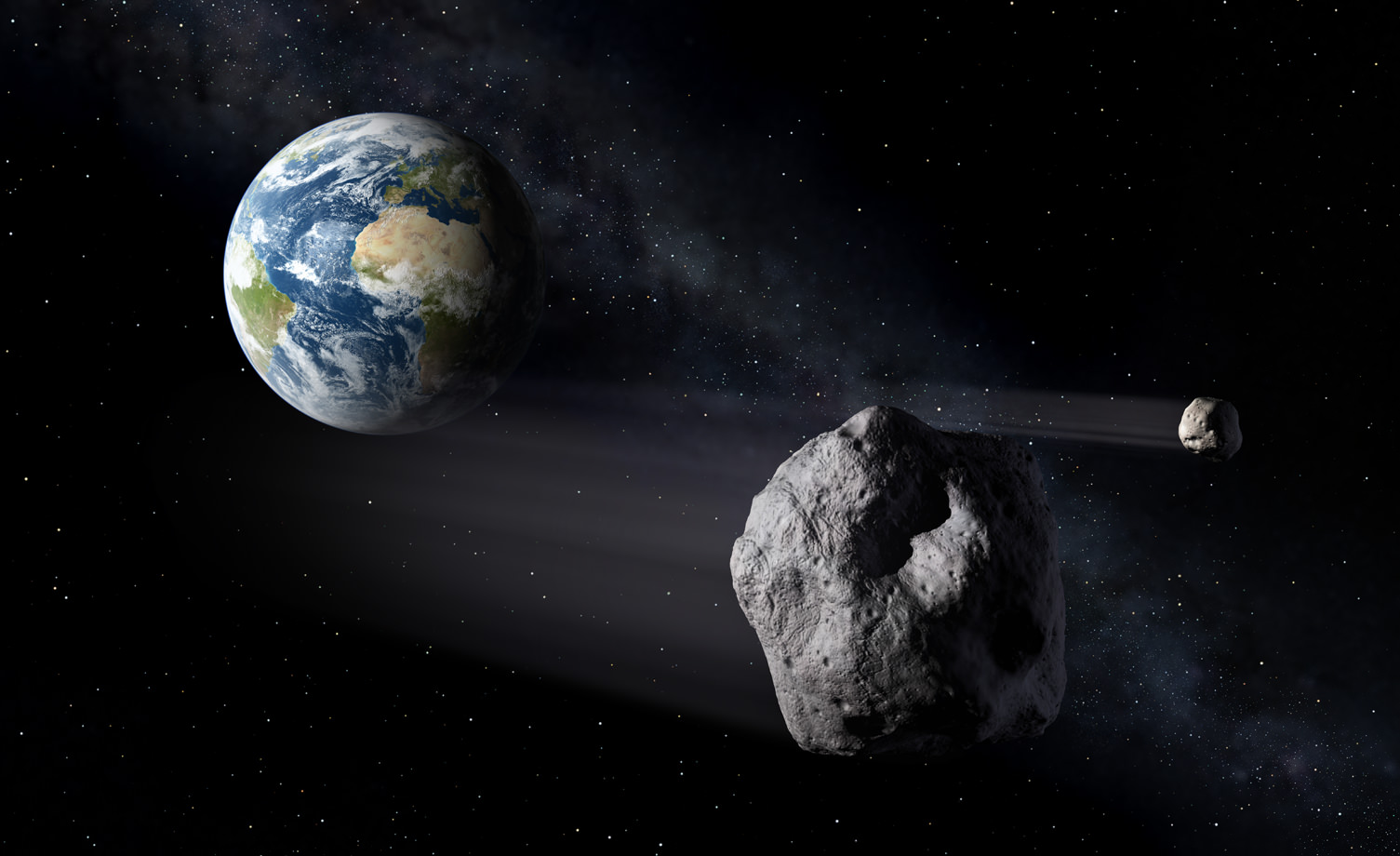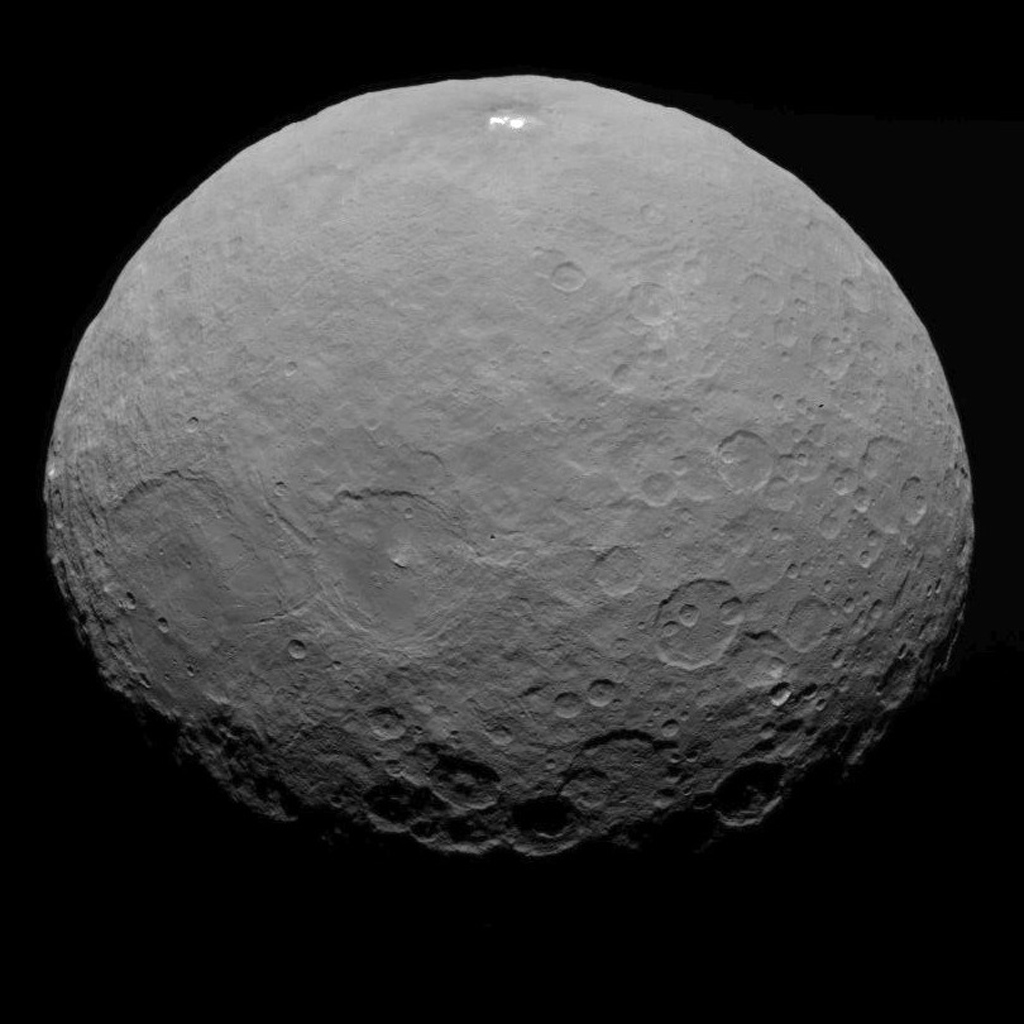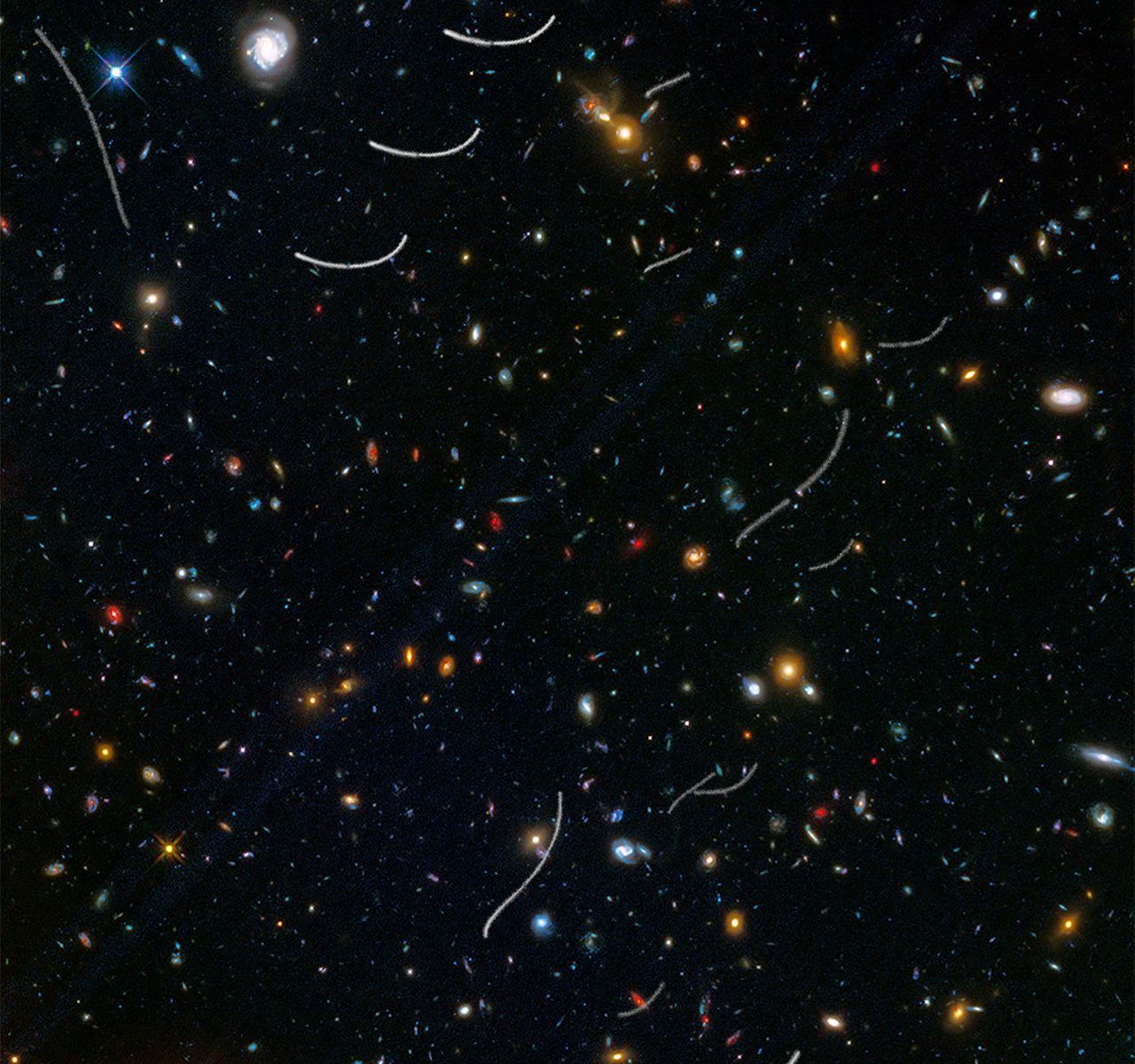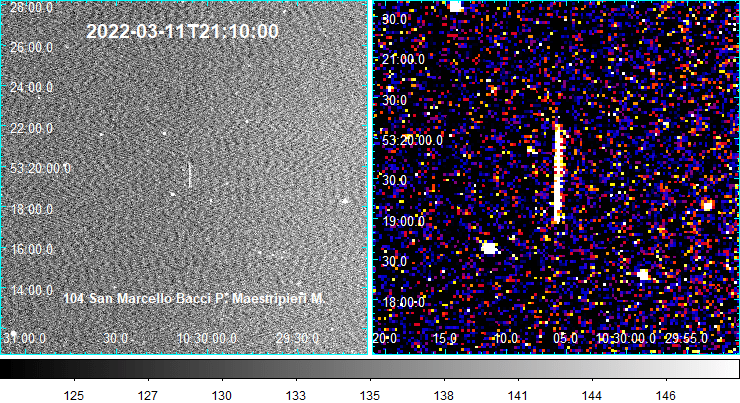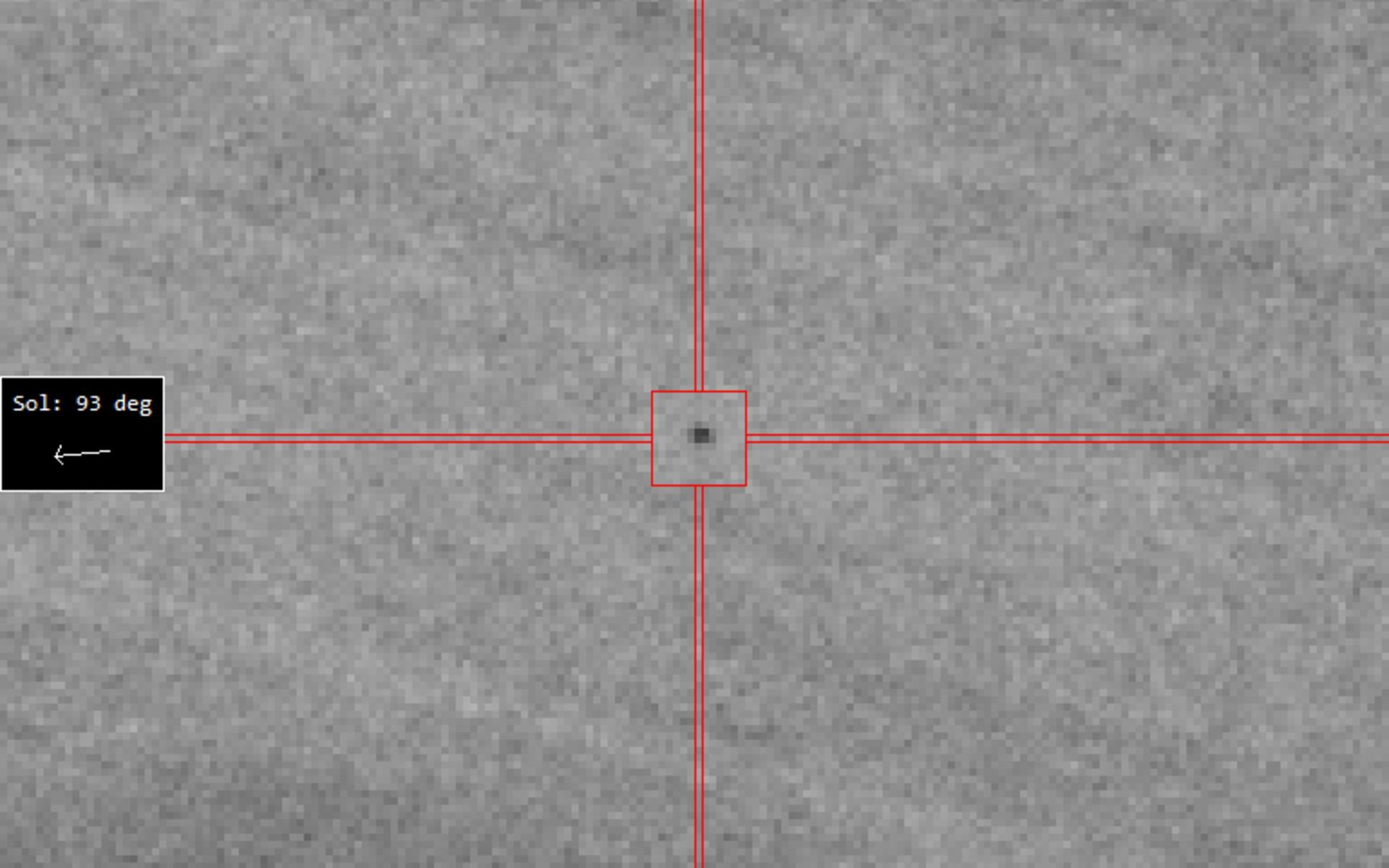If you wanted to do a forensic study of the Solar System, you might head for the main asteroid belt between Mars and Jupiter. That’s where you can find ancient rocks from the Solar System’s early days. Out there in the cold vacuum of space, far from the Sun, asteroids are largely untouched by space weathering. Space scientists sometimes refer to asteroids—and their meteorite fragments that fall to Earth—as time capsules because of the evidence they hold.
The asteroid Psyche is especially interesting, and NASA is sending a mission to investigate the unusual chunk of rock. In advance of that mission, a team of researchers combined observations of Psyche from an array of telescopes and constructed a map of the asteroid’s surface.
Continue reading “This is What the Metal Asteroid Psyche Might Look Like”

